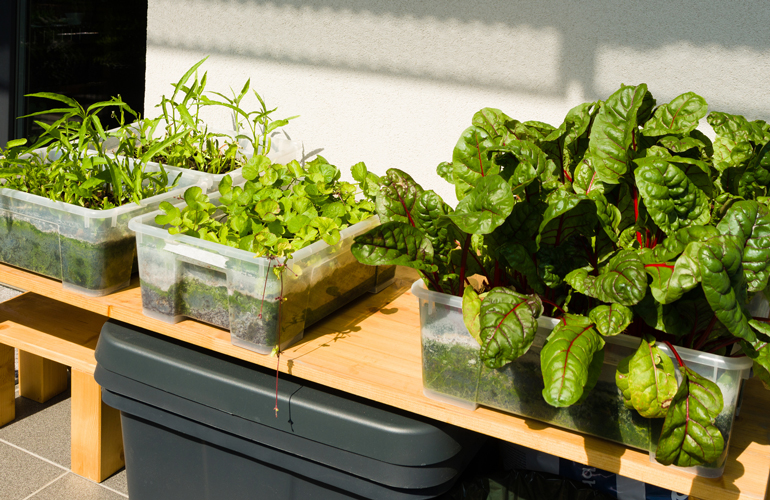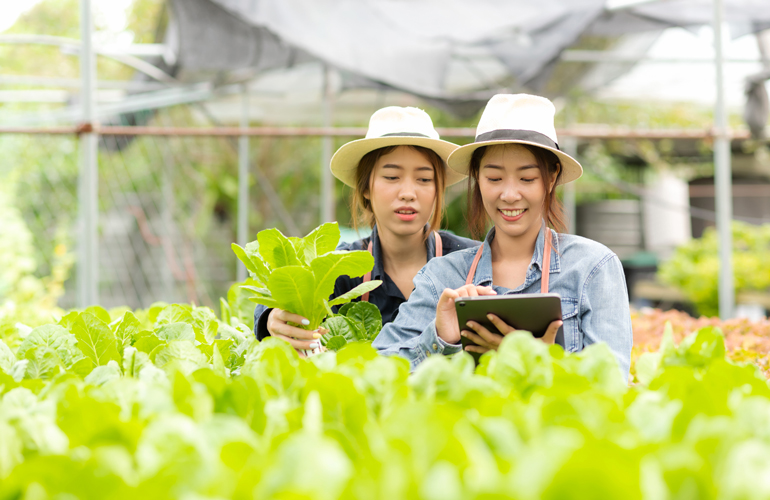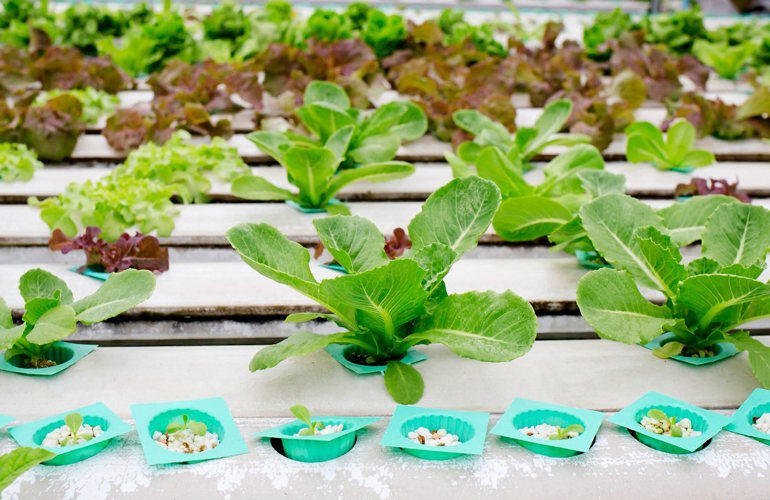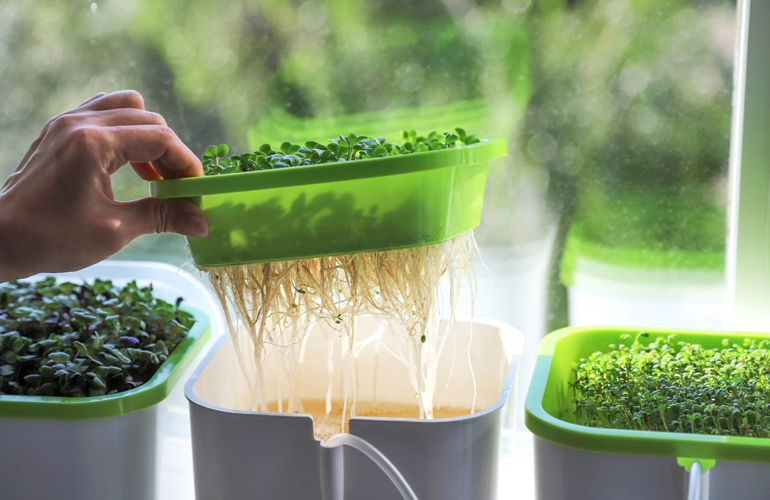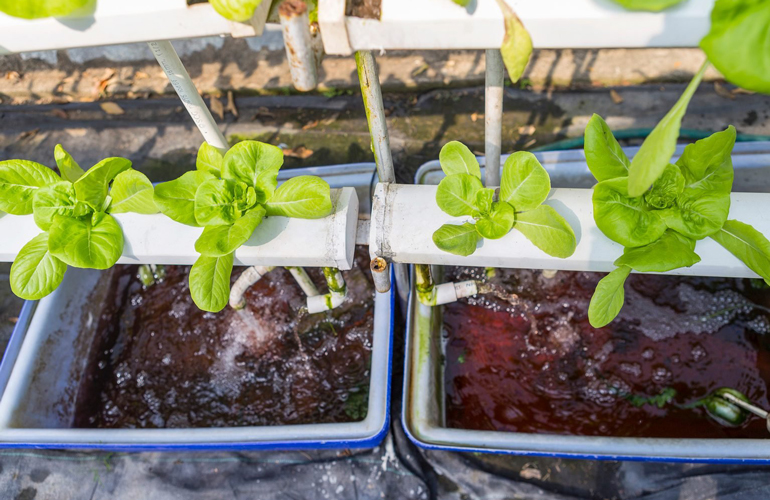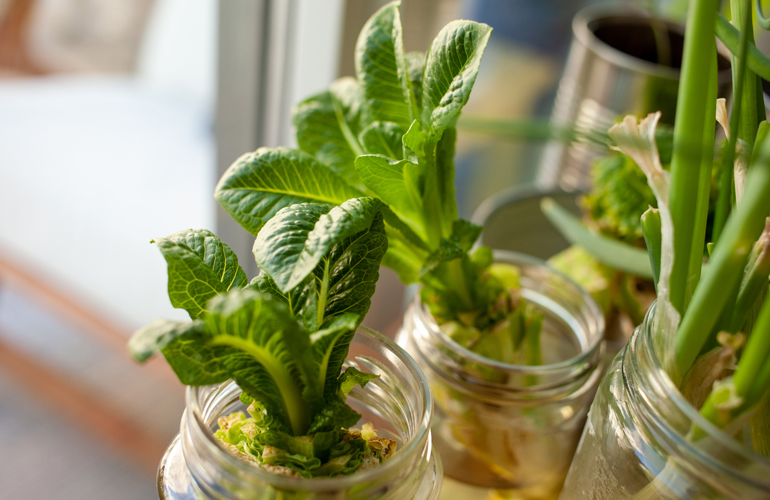Hydroponics 101
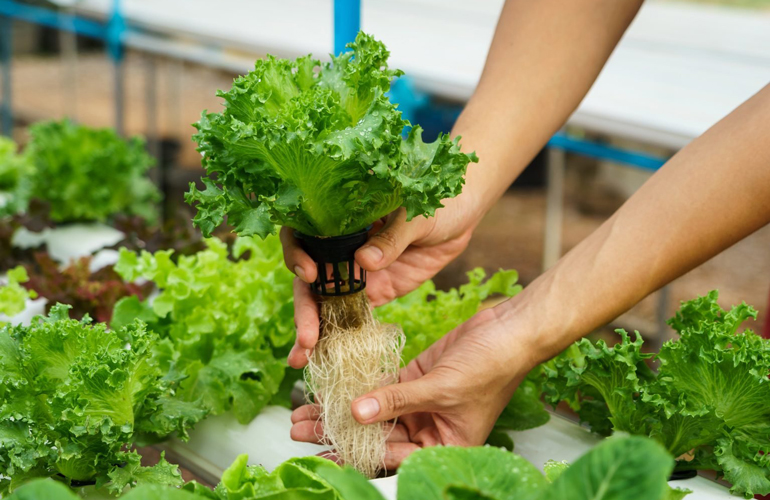
Whether you’re interested in growing a small food garden at home or looking at larger-scale farming, hydroponic gardening provides a way to grow fresh, nutrient-rich food, free of pesticides, in a quickly changing world with limited resources. That’s because hydroponic gardening relies on water and nutrients instead of soil, a finite resource, to grow plants.
Growing hydroponically has the added benefit that it can be done in places that were previously off-limits to gardeners and farmers, like small spaces and areas without healthy soil. It also typically uses less water than traditional gardening and farming. Different types of hydroponic gardening systems are available, making it accessible to anyone who would like to grow some of their own food – hello, year-round leafy greens and herbs!
What is a hydroponic garden?
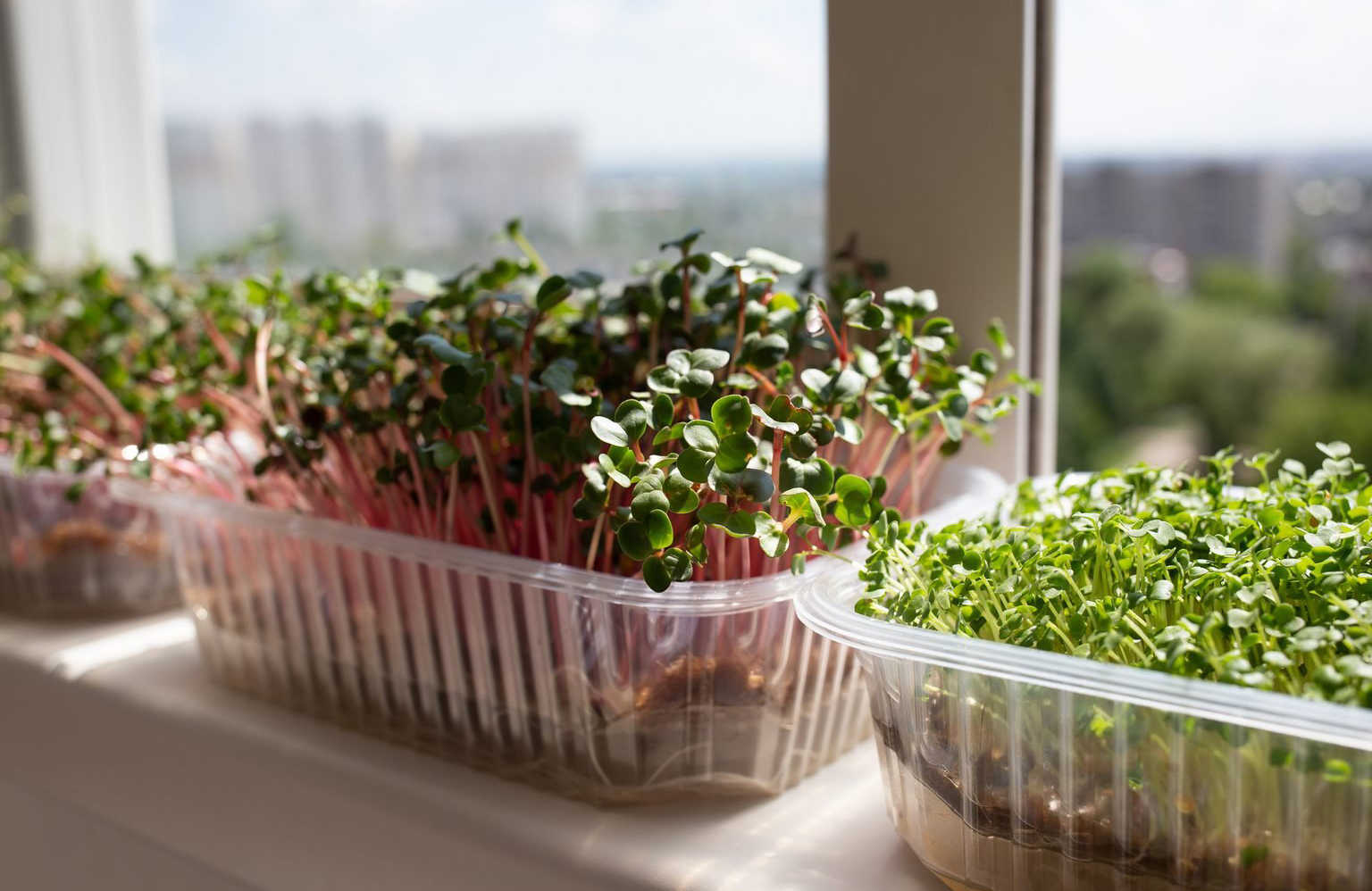
Because a hydroponic garden uses water instead of soil, plants can grow indoors, year-round, in less space than traditional soil-based gardens. This means if you live in a tiny apartment or don’t have an outdoor area, you can still grow fresh food, such as leafy greens and herbs. Hydroponic grown plants usually grow faster, can yield a bigger harvest than plants grown in soil and use less water. You can purchase a ready-to-go hydroponic garden or build your own. Here’s what you need to know about DIY hydroponics.
How does hydroponic gardening work?
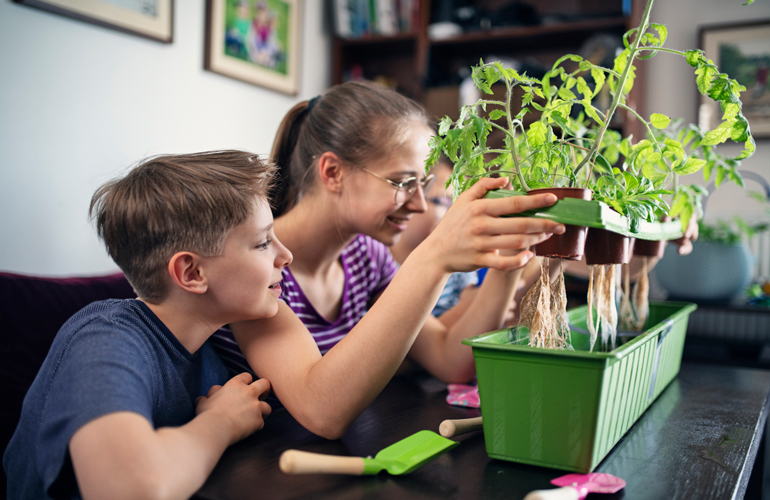
Plants need sunlight, water and nutrients to grow. Typically, plants get nutrients from soil, but “the basis of hydroponics is rooted in growing the food in nutrient-enriched water,” says Rick Vanzura, CEO of Freight Farms. A hydroponic system can be programmed to ensure a plant receives adequate water, nutrients, light and even the correct pH level to provide each plant what it needs to survive and thrive.
Depending on the type of hydroponic system, roots are placed either directly in the water with dissolved nutrients or in a growing medium, such as clay pebbles, perlite, peat moss or coconut fibre, where they will receive all the nutrients they need to grow.


